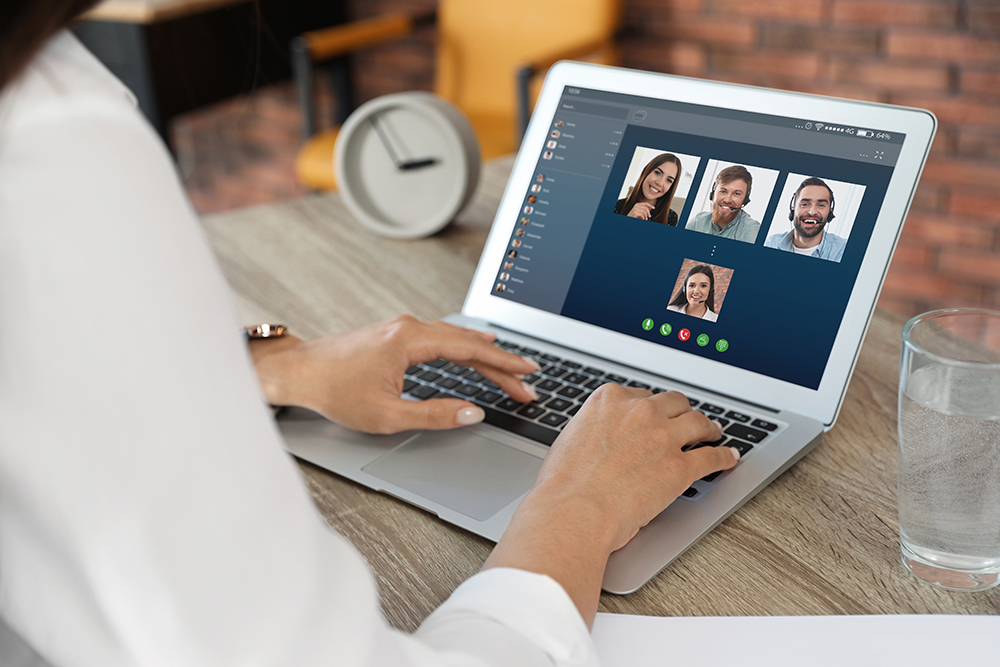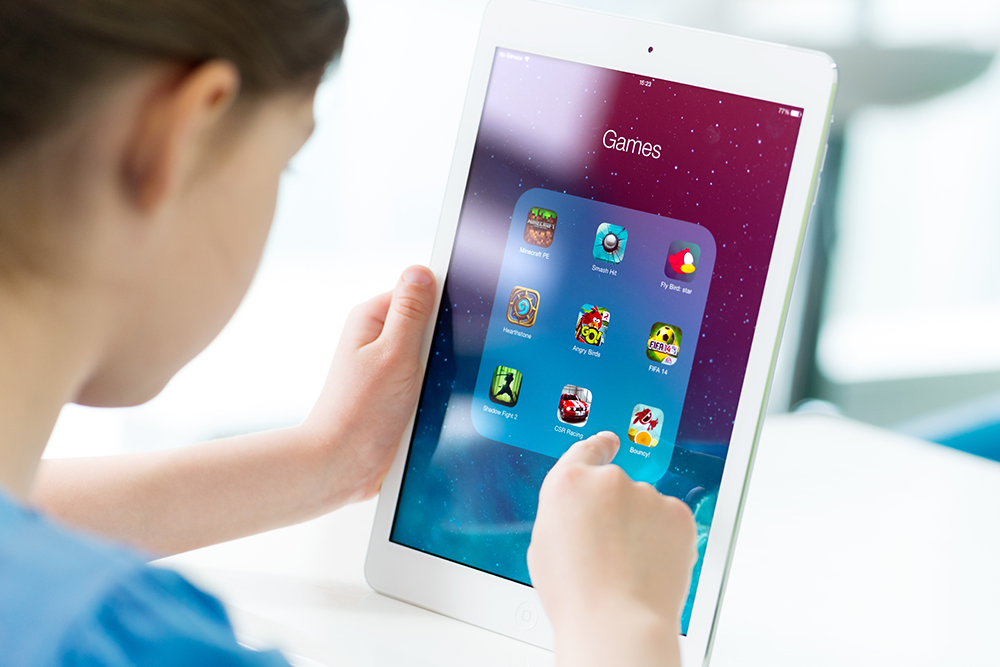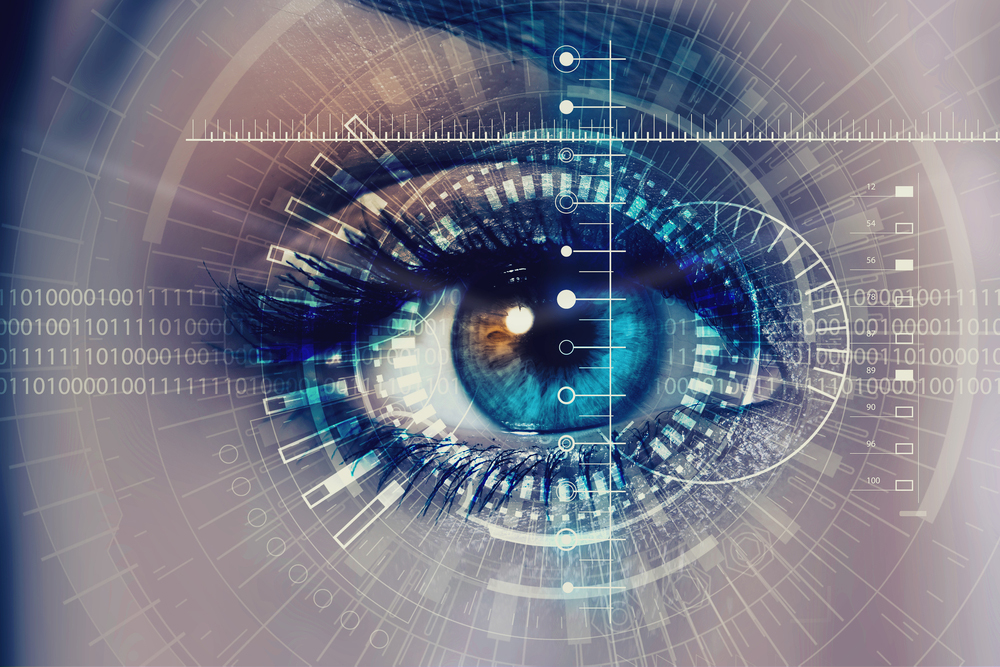Planning ahead for the new “normal”

Many researchers, myself included, have turned down projects which involve in person interviewing, ahead of this week’s UK government guidelines on social distancing. It’s a very fast-moving situation and even as I write this it will change again.
A few days ago I returned from Chicago having conducted the last in person research groups I’ll be doing for the foreseeable future. In recent weeks, as Covid_19 has gripped our attention, amongst the research community we’ve shifted from a debate about the pitfalls of no-shows by participants in qualitative interviewing, to reviewing and sharing all the alternative methods we can employ to ensure that businesses remain connected with the consumer with an uninterrupted flow of insights.
According to Globalwebindex.com data this week, over half of consumers in the U.S. and UK think a global recession is now likely. High income groups are more prone to this view and Gen Z adults (the current and near future generation of parents and family shoppers) are less certain of it.
For many, it will seem inconceivable to think about “life after the virus”, beyond whatever magnitude of human and economic cost this crisis entails, but that time will inevitably arrive, and with it, consumers who have developed different attitudes and behaviours, with different priorities in their spending in light of the predicted global recession, not to mention a retail and business landscape altered even faster and further than its “pre-Covid” trajectory predicted. There will most likely be a degree of “pent up” demand for certain goods and services and suppressed demand for others, but the way in which brands respond to the crisis will determine the goodwill they can call on in future.
Whilst now might not be the ideal moment to embark on research to understand the shopper journey for toilet roll, hand sanitiser or even pasta, in the midst of panic buying, we can ensure that you remain connected with consumers and still harvest the insights which will help redefine strategies, categories and brands in the future. All our indicators show that members of the public, across generations, welcome the semblance of normality, or the prospect of normality resuming, which our continued connection with them engenders through our research. Often our research participants gain a feeling of control, in being able to influence at least some aspects of their lives.
We’ve taken steps to remain connected and because we’ve been using the methods I’ve listed below for a few years and on multiple projects already, we’re confident that we can continue to deliver on the quality of insights which clients need to make crucial business decisions, some of which may be core to the effort to rebuild the economy, businesses and jobs.

Streamed Virtual Breakout Rooms enable us to host multiple respondents in a group discussion without ever having to congregate in a physical location. Streamed Breakout Focus Groups suit a small sample.
All the non-verbal clues which a moderator would normally have access to view in an in-person interview are limited to what they can see and detect through the participant’s camera lens so their choice of device to use is important. Nevertheless body language and facial expression can still be analysed by an expert human eye and using automated facial expression coding. We use Face Reader when we’re examining responses to audio visual content such as movie sequences, advertising or cartoons, on a qualitative and quantitative scale.
Combined with an adapted survey script, participants can continue to do card sorting exercises, AB test, rank and grade concepts with self-completes, view the moderator’s virtual flip chart, and respond to each other’s opinions just as they would in a regular focus group, live and interactively. It takes agility on the moderator’s part which comes down to their skills and experience as a research practitioner.

Co-browsing sessions and recording tools are excellent ways to get beyond screen swipes, keyboard or mouse clicks to understand more in-depth shopper motivations in the course of their visits to any website.
Be it an entertainment platform, an e-commerce store, yours or your competitor’s online pages, co-browsing can be conducted in a purely qualitative way or as a hybrid of qualitative and quantitative research. Co-browsing is conducted remotely, so compatible with social distancing or self isolation scenarios, but nevertheless can be live moderated or not, recorded and then analysed. We harvest our respondents’ user experiences through their recorded screen interactions but also their commentary, spontaneous expressions of frustrations and appreciations as they move through the page or site, narrating their experiences, triggers and barriers live-time.

Me-Through-My-Lens video diaries take us virtually into consumers’ everyday lives, be it their homes, the fridge, food cupboards, the toy box, wardrobe, bathroom, or trips they make and the transport they use. Whatever. Whenever. Wherever. Life in full colour and motion.
Video diaries can be live moderated, survey responsive or free-wheeling and un-moderated but with a specific brief on what participants are expected to create. The quality of videos recorded is outstanding and an unscripted, unprompted narrative is truly revealing. It all hinges on how clear and concise the brief is to begin with, how the task is framed, how much priming is deemed appropriate prior to the task, in order to meet the research objectives.

Our Online Survey programmers create flexible surveys to test new concepts, designs and products, advertising creative, both printed and audio visual, animated and live action entertainment, video games and apps.
Online surveys do more than track trends, segment markets or deliver quick polls. We can (and do) create them and test all these elements seated at a remote desk, from anywhere in the world, to anywhere in the world, in any language.
In unlimited numbers, we generate heat maps based on respondents’ “click and pick” behaviour, as they interact with static images from AB testing a packaging design to its effectiveness when placed on a normal planogram alongside the competition. We can set a timer to place respondents under pressure, replicating the usual circumstances in which they make purchase decisions intuitively. We can even insert sound files which replicate the audio environmental distractions which are typical of a store environment.
In addition to their use with static imagery, heat maps are also very useful to understand the way in which consumers interact with responsive digital content, a product page design, an entire website, and with apps or games. They help us to identify the elements which grab their attention the fastest, hold it the longest and recall it most frequently. Being a survey, the closed nature of questions and answers funnels respondents in to more precisely defined and quantifiable measures and KPI’s.
We’ve taken the process of understanding the way in which shoppers trade off their needs and motivations, one against the other, to another level with our “applied dilemma” surveys, using a hypothetical but very realistic exercise to determine their true hierarchy of wants, needs and purchase decision drivers. We call it “Stock the Shop”.
Who knew that so much insight could be ascertained from the humble survey? The beauty of integrating these types of methods within the body of a standard survey is that we can overlay everything else we are able to discover about our sample of respondents, their purchase motivations, category participation, usage, attitudes, lifestyle and life stage, demographic profile, retail usage and their fit within profiled and scaled consumer segments.

Eye Tracking and Face Reader (facial expression coding) enable us to create hybrid approaches, a blend of qualitative interviewing with quantitative scale, using automated analysis so that we can continue to delve in to subconscious, emotional responses.
Before making the decision to postpone of abandon your research programme for 2020, talk to us. We can still make research happen so that you are ready and prepared for whatever the new “normal” becomes. We’re already sharing our knowledge and expertise within the research community so that all parties can adapt to and adopt the new ways of working with the tools that are available.
PS : If any of the above methods (breakout rooms, co-browsing, Me-Through-My-Lens) involve video recordings of children, moderators must still ensure that an adult is present with the child in order to chaperone the child interviewee throughout the session, and obtain express and informed consent from the parent or guardian for the session to be recorded, for which researchers retain data control.
Eye Tracking and Face Reader (facial expression coding) have very specific GDPR data control requirements and are not advisable for children under five.